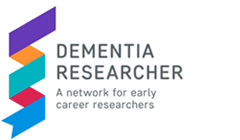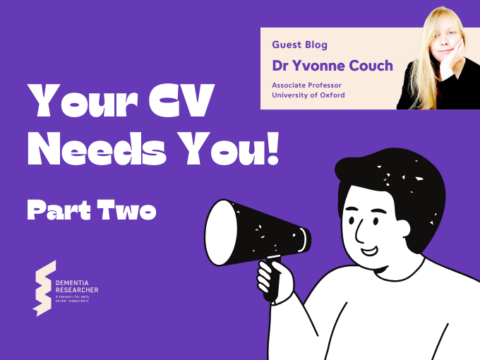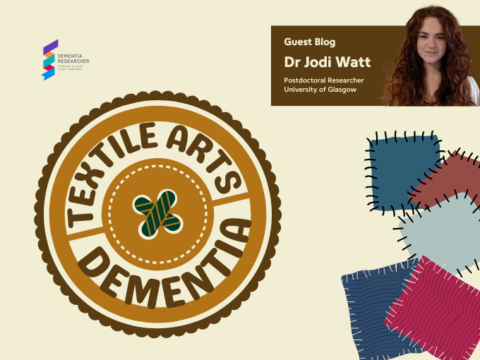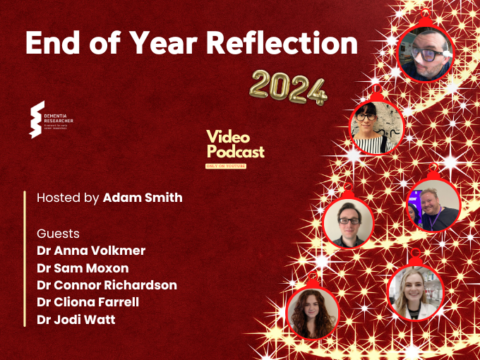The field lit up recently with news that a drug called lecanemab had successfully made it through clinical trials and could be available to patients as early as next year. The drug is an anti-amyloid antibody and it was shown to slow the rate of cognitive decline in early stage AD patients by up to 27%. It is the first drug to effectively improve the symptoms of AD post-diagnosis and is a huge step forward and further shows the potential of antibodies as therapeutic tools. They are already extensively employed against inflammatory diseases like arthritis or inflammatory bowel diseases and, as someone who takes a weekly dose of antibody therapy, I can personally attest to their efficacy!
The news is, however, an exception to the rule. Alzheimer’s drug trials have a 99% failure rate and that goes a long way towards explaining why this is only the first breakthrough of its kind after decades of research. That is in part due to the complexity of the disease. It is hard to treat something if you still don’t know exactly what is causing it and we are currently trying to piece together this million piece jigsaw. However, we have been aware of two of the most major contributing factors to the disease for many years; amyloid beta aggregation and the formation of tau tangles. We have also developed a vast array of drug candidates that have shown to be effective in targeting and reversing these mechanisms in the lab but, when they go to clinical trials, they come face to face with their biggest hurdle. A structure called the blood-brain barrier.
The Blood-Brain Barrier?
Despite only accounting for 2% of our total body weight, the brain actually requires about 15-20% of our blood supply. It is penetrated by a vast network of blood vessels and they have the important job of providing the cells of the brain with the things they need to function. Those blood vessels also have another important job too. They protect the brain from any blood-borne components that could cause damage to neural cells. This is a function they carry out with help from the blood-brain barrier. In short, it is a selective, semipermeable border of cells that tightly regulates what goes into and comes out of the brain. It’s like passport control for your brain. If you aren’t supposed to be there, you’re not coming in. This makes it really hard to design drugs that can be effective for diseases like dementia. Those drugs aren’t “meant” to be there so the blood-brain barrier often stops their entry. They can carry all the dementia-curing potential in the world but, if they cannot cross that barrier, they are useless. It’s a huge hurdle for drug development and a particularly tricky one for antibody therapy. Antibodies are quite large on a molecular level and are generally stumped when it comes to entering through our neural passport control. Even when they can cross, the mechanisms can be a bit crude. Take the controversial Aduhelm (aducanumab) as an example. It gets into the brain by disrupting the blood-brain barrier. It’s effective for getting the drug where it needs to be but a disrupted blood-brain barrier opens the doors for an array of damaging components to follow it.
Fortunately, we have other options. One promising avenue for exploration is the field of nanomedicine. It involves using compounds that are nanoscale in size; far smaller than any antibody. We’re talking about structures that can be 100-10,000 times smaller than a human cell. What that essentially translates to is a better chance of getting a therapy through the blood-brain barrier. It’s not a given. Nanomedicines still face some of the same challenges as larger compounds but the chemistry can be tailored to greatly increase drug delivery through the barrier and into the brain. But at such a small size, can we actually deliver an effective payload? The answer is yes.
I’m not going to do a literature review here but we have seen some promising developments regarding a wide variety of therapeutic options. Small interfering RNAs (siRNAs), for example, have demonstrated efficacy for silencing proteins involved in the toxic accumulation of amyloid beta in AD and they can be modified with nano-carriers to greatly increase brain delivery. In Parkinson’s disease, nanotechnology has shown the potential to improve gene delivery approaches to therapy by helping to reduce toxicity and immunogenicity issues whilst also improving crossing of the blood-brain barrier. We’ve also seen the use of nanotechnology to deliver metal ion chelators to target the potentially toxic increase of compounds like copper in the brains of AD patients. The clinical promise is there and nanomedicine is being trialled across a wide variety of therapeutic areas with 50 currently approved, albeit none for dementia. Still, to paraphrase and mash up the ARUK slogan with that of an old mobile phone company – the future is bright, the future is orange for nanomedicine. Especially when you see examples of exciting nano-based dementia therapies making it into clinical trials like Nano Lithium®. The drug, which is being trialled for mild-to-severe AD in France, inhibits a key component of amyloid aggregation. The study should be fully complete by early 2024 and I suspect, regardless of the outcome of this trial, we will see a lot more like this in the coming years. Nanomedicines might be small, but their potential is huge. They’re the ‘reachers’ of the pharmaceutical industry.

Dr Sam Moxon
Author
Dr Sam Moxon is a biomaterials scientist at the University of Manchester. His expertise falls on the interface between biology and engineering. His PhD focussed on regenerative medicine and he now works on trying to develop 3D bioprinting techniques with human stem cells, so that we better understand and treat degenerative diseases. Outside of the lab he hikes through the Lake District and is an expert on all things Disney.

 Print This Post
Print This Post





